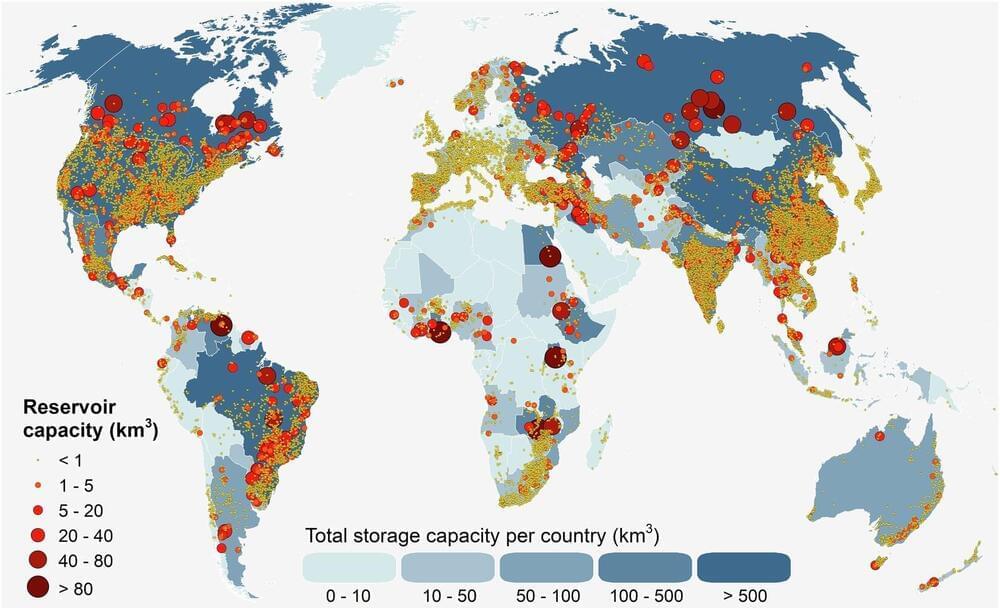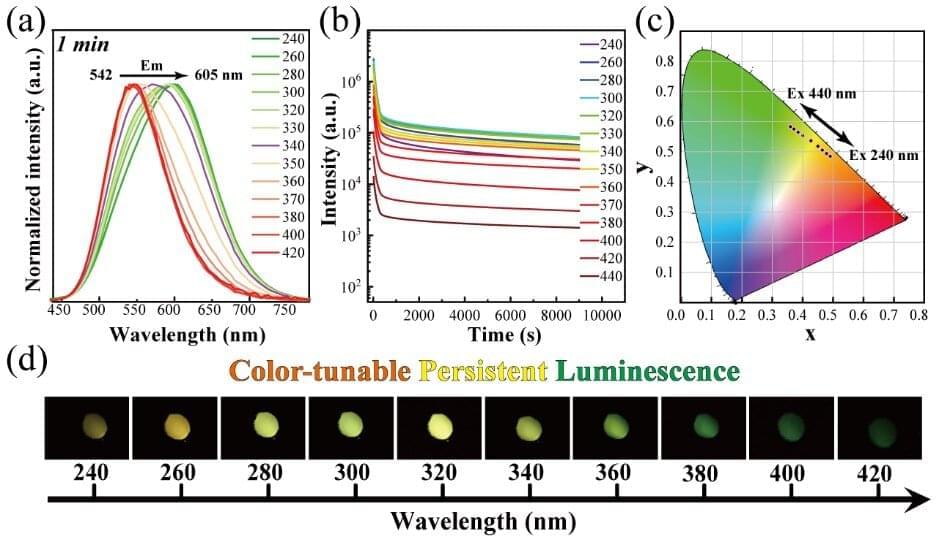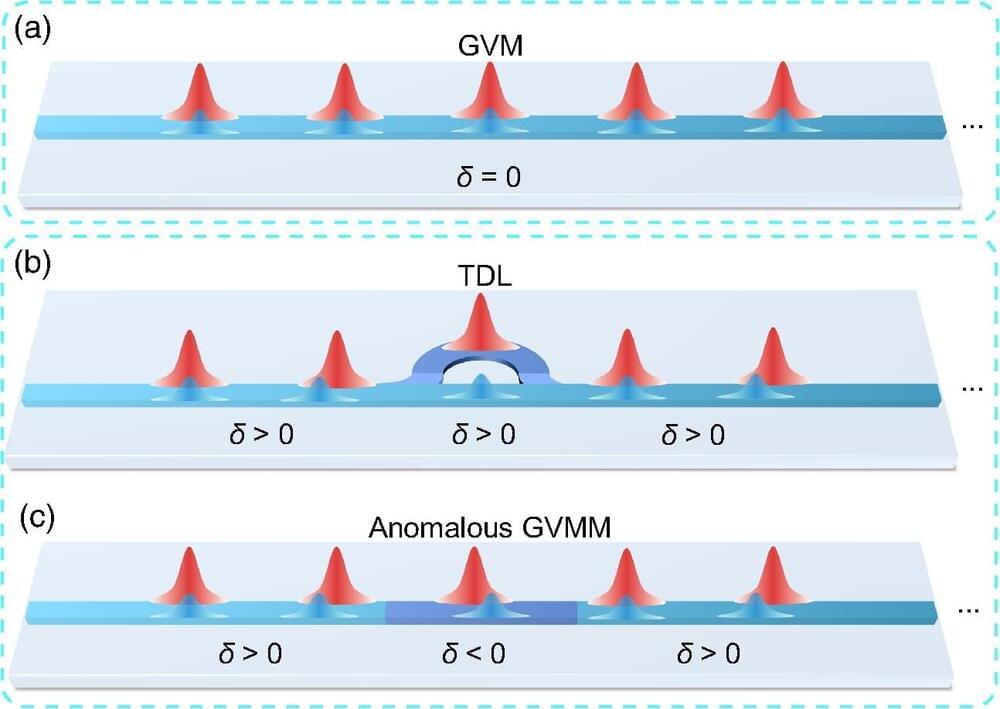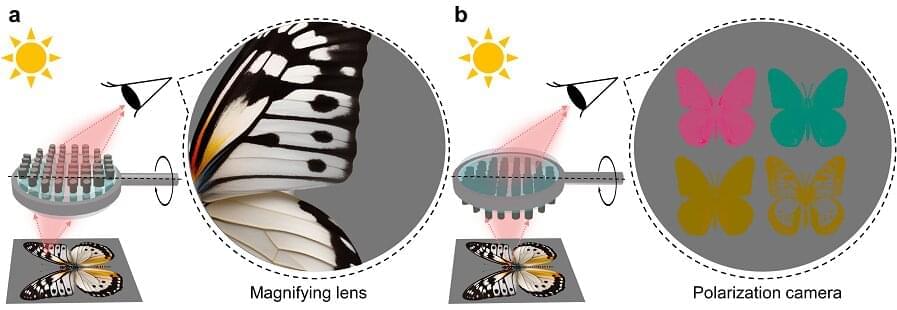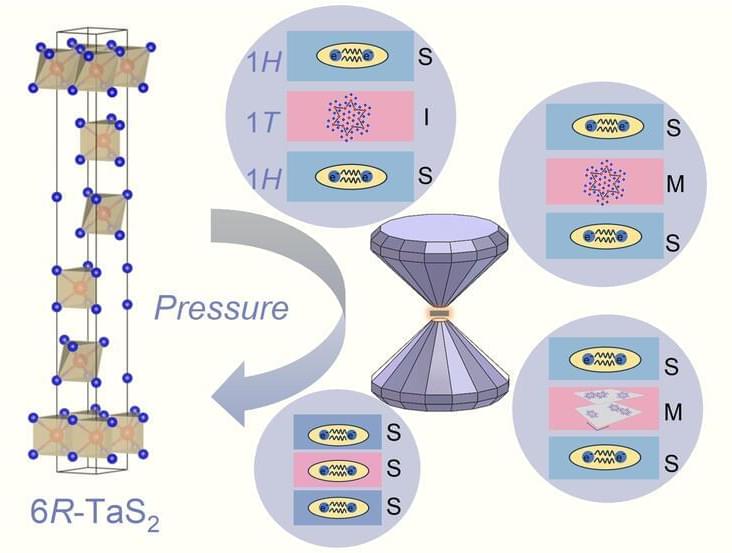Oct 16, 2024
Studies of dinosaur eggs flourish in southern China_china.org.cn
Posted by Omuterema Akhahenda in category: futurism
It took nearly three years for workers at a dinosaur museum in Heyuan, Guangdong province to restore a nest of 11 dinosaur eggs unearthed near a local bridge.
“Every piece of information about the dinosaur eggs is well recorded, waiting for future uncovering,” said Huang Zhiqing, deputy director of the collection and research department at the Heyuan Dinosaur Museum.
The nest of eggs is just a small part of their kind in the museum. There are nearly 20,000 dinosaur egg fossils on display at the museum since the first dinosaur egg fossil was dug up in Heyuan in 1996.




